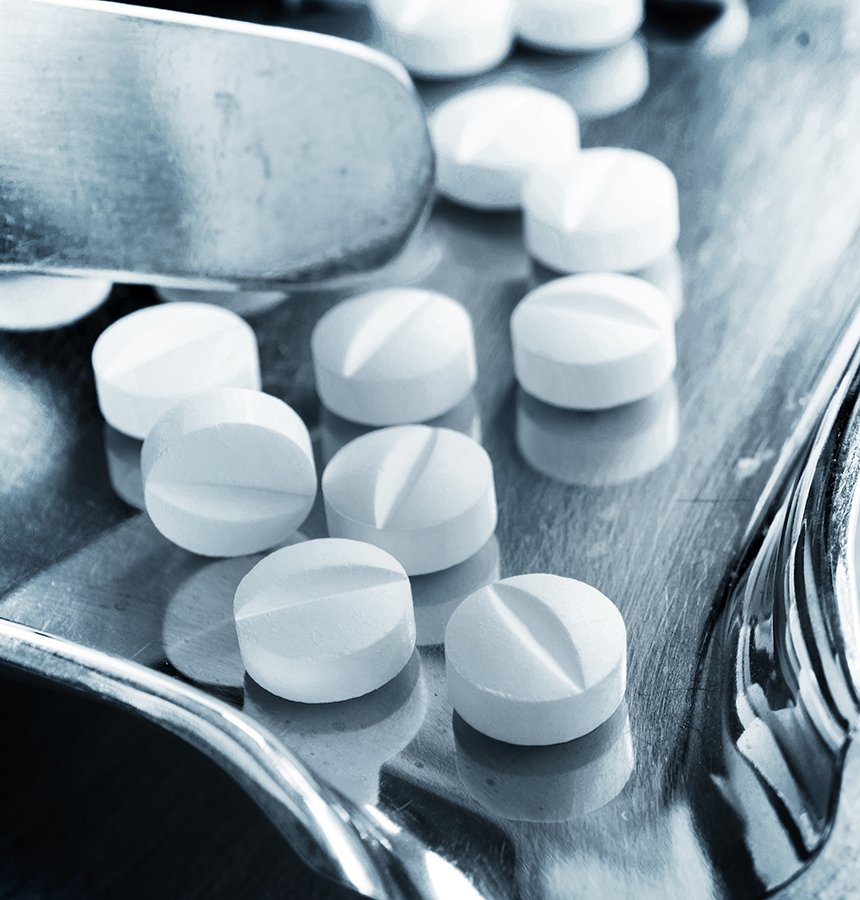By Cheryl Steinberg
There are two main schools of thought when it comes to addiction and, especially recovery from addiction. One school is driven by the belief that complete abstinence from mood- and mind-altering substances is essential to recovery – the whole idea of “once an addict, always an addict. This is the foundation of such recovery programs as the 12-Step philosophy.
The other school of thought regarding recovery from drug addiction calls for what’s known as Harm Reduction strategies, such as clean needle exchanges and the use of medication.
As it stands, it seems that the approach to recovery is polarized with arguments that it can only be one way (abstinence) or the other (harm reduction i.e. allowing the use of certain drugs).
But it doesn’t have to be so black-and-white. If people could come together with the same mission: that of saving lives, then perhaps the whole opiate epidemic could be stopped in its tracks.
Here are 9 ways to fix the opioid addiction crisis.
#1. Make overdose reversal drugs accessible
Drugs like Naloxone can instantly reverse an opiate overdose, saving many lives. With the heroin epidemic in the north and Midwest, more and more first responders – such as EMTs and police officers, are carrying the drug. It should be made as widely available as possible.
#2. Good Samaritan laws
These laws, which are being accepted more widely, work to protect people from criminal prosecution when they call 911 because somebody is overdosing, leading to the saving of lives. This approach should be the law of the land, rather than only existing in some pockets of the country.
#3. Syringe exchange programs
As mentioned above, a tactic of the harm reduction movement is to provide clean needle exchange programs as well as safe injection sites. This might sound a bit too pro-drug use for some people but, when you consider that IV drug use is a public health concern, it should become clear that these types of programs and services can be a proactive way to approach the opioid addiction epidemic.
#4. Access to evidence-based addiction medicine interventions
This means making sure that all substance abusers seeking help have access to the evidence-based, addiction medicine interventions, referring to such programs as methadone maintenance and Suboxone maintenance. As it stands now, most people who are opioid-dependent are not receiving these kinds of treatment.
This approach is at odds with the abstinence approach of 12 step philosophy but, according to Mark Willenbring, MD., “The main deficiency of current actions to address opioid addiction is the lack of access to prompt, professional opioid maintenance treatment with buprenorphine or methadone. Opioid maintenance therapy is the only proven effective treatment for established opioid addiction, but government and mainstream healthcare organizations have not mobilized to make this life-saving and cost-effective treatment widely accessible and affordable.”
#5. Better training for physicians
Another of the 9 ways to fix the opioid addiction crisis is to improve training for physicians so that they become more adept at screening for, recognizing and treating addiction with the purpose of interrupting the development of an opiate addiction. In this way, the focus is on prevention.
#6. Nationwide Database
Making sure that all physicians with prescribing privileges have access to Prescription Monitoring Programs and that they use them. Although most states now have some type of electronic database that prescribers can consult prior to prescribing opiate painkillers, not all states make it a requirement that they do so.
#7. Make pills difficult to crush
Opioid pain medications should be made in such a way that they cannot be used in ways other than the ways they were intended or prescribed. As examples, we could stop approval of any new opioid painkillers that are not clearly safer than existing ones and remove from the market all high dose opioid analgesics that are easily crushed.
#8. Educate the public
Again, drug abuse and addiction is really a public health concern and thus the public needs to be educated about the risks of prescription pain medications. Young people, especially, begin their opiate drug use by harvesting these types of drugs from their parents’ and/or their grandparents’ medicine cabinets.
#9. Increased access to treatment
Lastly, and certainly of equal importance is that we need to make drug and alcohol treatment more easily accessible so that people suffering from opioid addiction, as with other forms of addiction, have access to the kind of evidence-based psychotherapy that is so conducive to ongoing recovery.
If you or someone you know is abusing prescription painkillers or has turned to heroin because it is a cheaper, more easily accessible form of opiate, help is available. It is important to reach out and call toll-free 1-800-951-6135 to speak with an Addiction Specialist today. Opioid addiction all too often ends with fatal overdose. Please call today.
